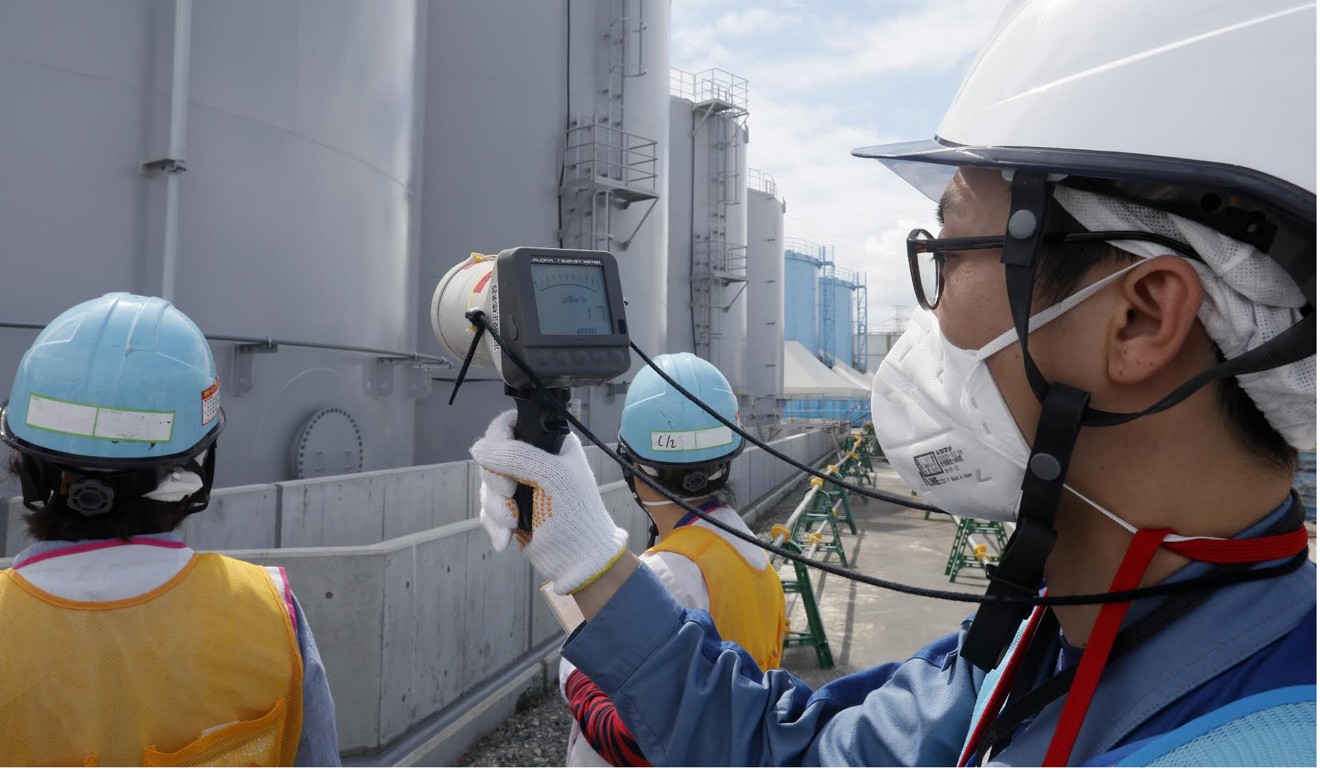
Water at Fukushima nuclear plant still radioactive even after treatment
Government wants to dump the contaminated water into the sea, but locals and fishermen oppose the idea
Radioactive substances have not been removed from treated but still tritium-containing water at the crippled Fukushima Daiichi nuclear power plant.
The government and Tokyo Electric Power Company have faced the pressing need to dispose of such treated water now kept in tanks. One option is to dump it into the sea, as tritium is said to pose little risk to human health.

If the plan goes ahead, tritium-tainted water from the nuclear plant is expected to be diluted so it is likely to lower the levels of other radioactive materials as well before being discharged.
But locals and fishermen are worried about the water discharge and a government panel debating how to deal with it has mainly focused on tritium, not other radioactive substances.
According to Tepco, a maximum 62.2 becquerels per litre of lodine 129, far higher than the 9 becquerel legal limit, was found in the water filtered by the Advanced Liquid Processing System used to remove various types of radioactive materials.
Lodine 129 has a half-life of 15.7 million years.

Tepco, which gathered data in fiscal 2017 through March, also detected a maximum 92.5 becquerels of Ruthenium 106 – more than the 100 becquerel legal limit – and 59 becquerels of technetium 99 against the limit of 1,000 becquerels.
The Fukushima Daiichi nuclear complex was damaged by the 2011 earthquake and tsunami. Reactors 1 and 3 suffered fuel meltdowns as their cooling systems were crippled.
Water was injected to keep the fuel cold but it is extremely toxic. The water is filtered but it is hard for tritium to be separated.

In August, there were around 920,000 tonnes of tritium-containing water stored in some 680 tanks at the plant. But Tepco said it has not checked the concentration of radioactive materials in each tank.
The government has examined several ways to dispose of tritium-containing water, including the release of it into the sea or atmosphere.
Toyoshi Fuketa, who heads the Nuclear Regulation Authority, said pumping the water into the sea is the only solution.

